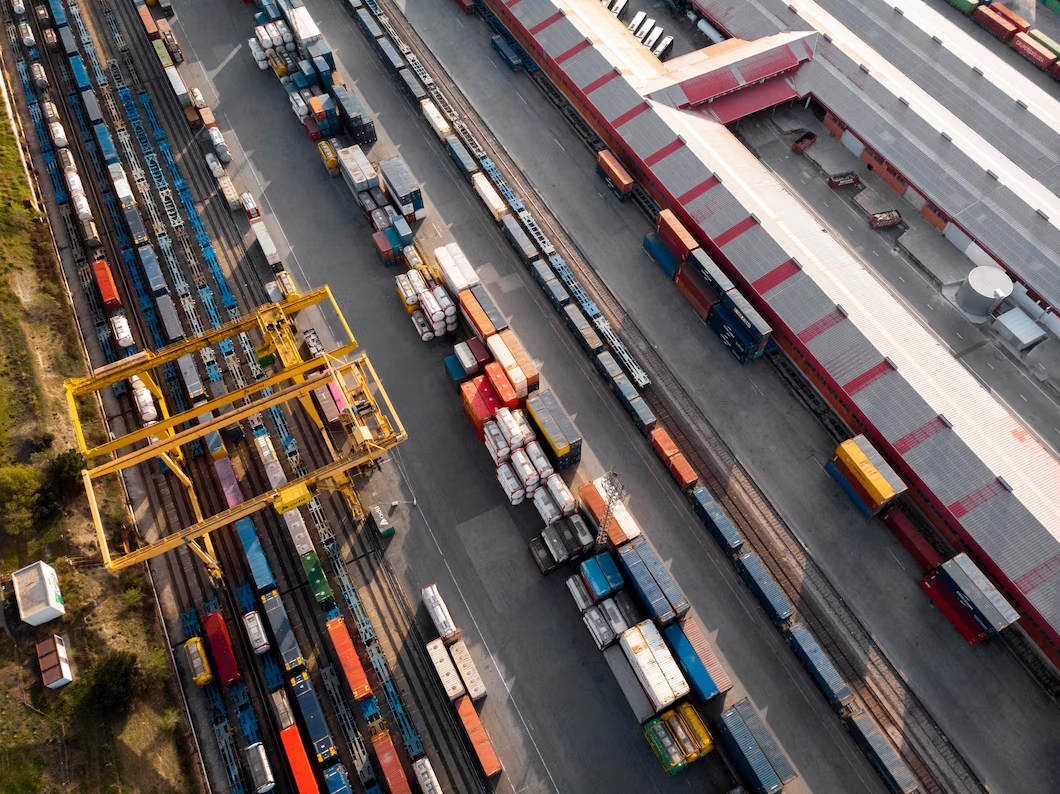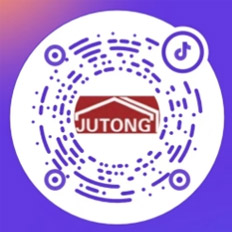
The domestic political situation of the countries passing through the Trans Caspian International Transport Corridor is stable, and the surrounding geopolitical situation is good. The strategic value of the Trans Caspian Sea International Transport Corridor has been continuously enhanced against the backdrop of the Russia-Ukraine conflict, the intensification of the Palestinian Israeli conflict, and the challenges of Afghanistan's reconstruction. With the in-depth connection between the joint construction of the "the Belt and Road" initiative and the construction of the trans Caspian international transport corridor, the regional advantages, hub role and economic and trade potential of Central Asia and the Caucasus will continue to be released, and Asia Europe economic and trade exchanges and cultural exchanges are expected to reach a higher level, promoting the construction of a closer Eurasian community with a shared future.
Against the backdrop of deepening economic integration on the Eurasian continent, multiple transportation routes between Asia and Europe are flourishing. Among them, the Trans Caspian International Transport Corridor stands out due to its short distance and low safety risks. China, the European Union, the United States and other major economies in the world continue to pay attention, and countries along the route attach great importance to it. The development prospects of the Trans Caspian International Transport Corridor are worth looking forward to.
The advantage of the 'middle corridor' is obvious
The Trans Caspian International Transport Corridor originated from the European Caucasus Asia Transport Corridor (TRACECA) proposed by the European Union in 1993. After the Caucasus railway network was connected to the European railway network in 2017, the transportation potential was quickly released. At present, as a multimodal transport route, the Trans Caspian International Transport Corridor starts from the Sino Kazakhstan border, crosses Kazakhstan, crosses the Caspian Sea to Azerbaijan, reaches Türkiye via Georgia or extends to other European countries via the Black Sea, including 4256 km railway lines and 508 km sea routes. Kazakhstan's Minister of Transport Malat Karabayev stated that the Trans Caspian International Transport Corridor is the shortest transportation route between China and Europe. Because it is located in the middle of the Russian European transport route in the north and the Iranian Türkiye European transport route in the south, the international transport corridor across the Caspian Sea is also called the "middle corridor".
The "Middle Corridor" passes through countries with stable domestic political situations and favorable geopolitical conditions in the surrounding areas. The strategic value of the Trans Caspian Sea International Transport Corridor has been continuously enhanced against the backdrop of the Russia-Ukraine conflict, the intensification of the Palestinian Israeli conflict, and the challenges of Afghanistan's reconstruction. The 'Middle Corridor' not only helps Central Asia and the Caucasus to quickly integrate into the global economy, but also has important significance for China, Europe and other relevant countries and regions to ensure diversified foreign trade transportation routes and maintain supply chain and industrial chain security.
Countries along the route are intensifying their construction efforts
In December 2016, the International Association for Trans Caspian Sea International Transport Corridor was established, headquartered in Astana, the capital of Kazakhstan, with the transport departments of Kazakhstan, Azerbaijan and Georgia as the main members, and the railway and port management departments, shipping and transport and logistics companies of China, Türkiye, Ukraine, Poland, Romania, Bulgaria, Lithuania and other countries participated in it, which played a very good role in coordination and information security to improve the transport efficiency along the "Middle Corridor".
In February 2024, the Ministry of Transport of Kazakhstan announced that it will invest approximately billion in transportation infrastructure in the coming years to improve the industry's investment environment, eliminate various obstacles to investment projects in transportation and logistics, and effectively enhance Kazakhstan's transit transportation capacity. Among them, the Trans Caspian International Transport Corridor is a key development project planned by the Kazakhstan government to enhance connectivity with ports in the Caspian and Black Seas and improve transportation efficiency. In May of this year, Azerbaijani President Aliyev pointed out that "the demand for the Trans Caspian Transport Corridor in Europe and Central Asia is increasing. As a connecting link, Azerbaijan, a country located at the junction of Europe and Asia, plays an important role in its transportation infrastructure. In recent years, Azerbaijan has completed modernization and expansion of Baku Port, making it a major freight port and trading center in the Caspian Sea region. Georgian Deputy Prime Minister Levan Davatoshvili stated that Georgia actively participates in the construction of the Baku Tbilisi Kars (BTK) railway, continuously promotes the modernization of the East West Expressway and the Anaklia Deepwater Port, develops its own transportation network, and is of great significance for expanding the transportation capacity of the "Central Corridor".
At the end of 2022, Kazakhstan, Azerbaijan, Georgia and Türkiye signed the initial draft of the road map for the development of the trans Caspian international transport corridor, and formulated the working principles of the four countries' cooperation, as well as specific projects with precise parameters, implementation deadlines and clear division of responsibilities. In June 2023, Kazakhstan and Azerbaijan signed an agreement to establish an international logistics company dedicated to developing international transportation routes across the Caspian Sea. The company will unify tariff standards along the 'middle corridor', simplify all processes to the greatest extent possible, and actively expand freight business between China and Europe. With the joint promotion of countries along the route, the freight level of the "Middle Corridor" continues to improve, and the freight volume has increased from 1.318 million tons in 2017 to 2.764 million tons in 2023, reaching 1.647 million tons in the first half of 2024.
Relevant countries inject capital to empower
The rapid development of the Trans Caspian International Transport Corridor has received widespread attention worldwide. In May 2023, the first China China Asia Summit was held in Xi'an, Shaanxi Province, and China specifically expressed its support for the construction of the Trans Caspian International Transport Corridor. At the third "the Belt and Road" International Cooperation Summit Forum held in October of the same year, China proposed eight actions to support high-quality joint construction of the "the Belt and Road", including participation in the construction of the trans Caspian international transport corridor. In July 2024, the transportation authorities of China and Kazakhstan jointly organized the opening of the China Europe Trans Caspian Express, which is an important measure for the joint construction of the "Middle Corridor" between China and Kazakhstan. As early as May 2022, multiple China Europe freight trains had already launched cross Caspian and Black Sea routes. Since the beginning of this year, more than 100 trans Caspian China Europe (Asia) trains have been operated, a year-on-year increase of more than 10 times, and the normalization of trans Caspian China Europe (Asia) trains has become a reality. At the EU Central Asia Transport Global Gateway Investor Forum held in Brussels on January 29-30, European Commission Executive Vice President Dombrovskis announced that European and international financial institutions will provide € 10 billion in financing support for the construction of the Trans Caspian International Transport Corridor. Helena Matza, Acting Special Coordinator for the Global Infrastructure and Investment Partnership at the US State Department, visited Uzbekistan and Kazakhstan from July 14th to 19th to meet with government officials and private sector partners to discuss potential infrastructure projects and financing opportunities to promote strategic infrastructure investment in the Middle Corridor.
In addition, international financial institutions and expert think tanks have also provided suggestions and recommendations for the development of the Trans Caspian International Transport Corridor. The recent research report released by the World Bank on the trans Caspian international transportation route points out that the transportation route currently has problems such as high prices, low transparency, and insufficient freight train numbers. World Bank transportation experts suggest that first and foremost, border procedures should be further reformed and simplified to form a unified coordination mechanism; Secondly, we need to improve the digitalization level of the "middle corridor" and accelerate the flow of freight information; Finally, it is important to attract private sector investment to rapidly improve infrastructure levels and enhance service quality.
The current level of freight transportation in the 'middle corridor' is still difficult to shake the position of traditional Eurasian transportation routes such as the Russia Eurasia Land Bridge, but its rapid development trend is of great significance for many countries at both ends of the Eurasian continent to enhance the diversification and stability of their foreign trade routes. With the in-depth connection between the joint construction of the "the Belt and Road" initiative and the construction of the trans Caspian international transport corridor, the regional advantages, hub role and economic and trade potential of Central Asia and the Caucasus will continue to be released, and Asia Europe economic and trade exchanges and cultural exchanges are expected to reach a higher level, promoting the construction of a closer Eurasian community with a shared future.







